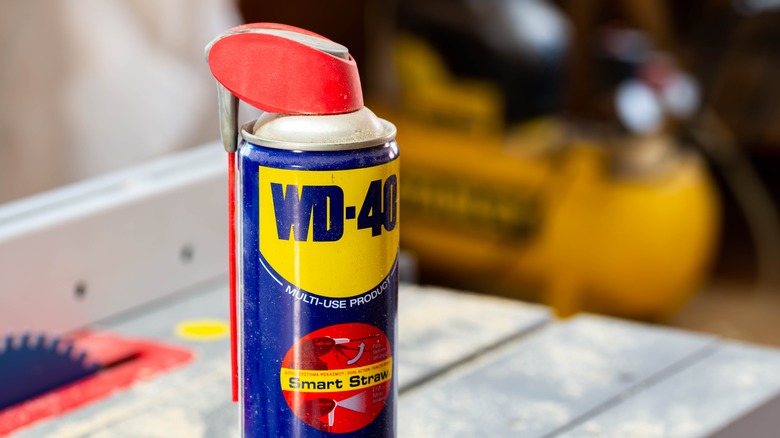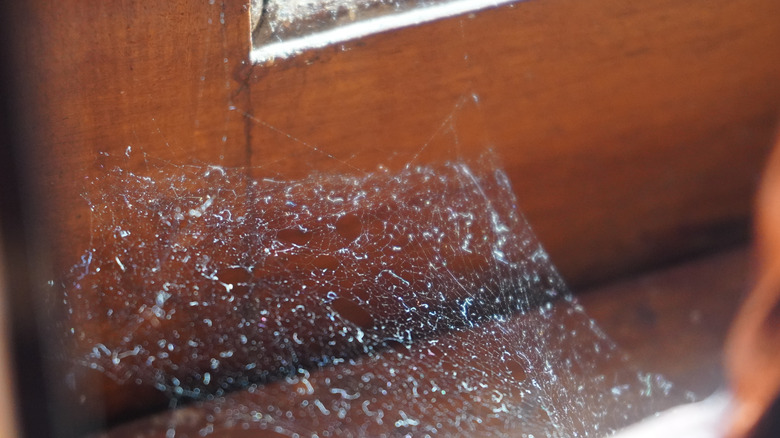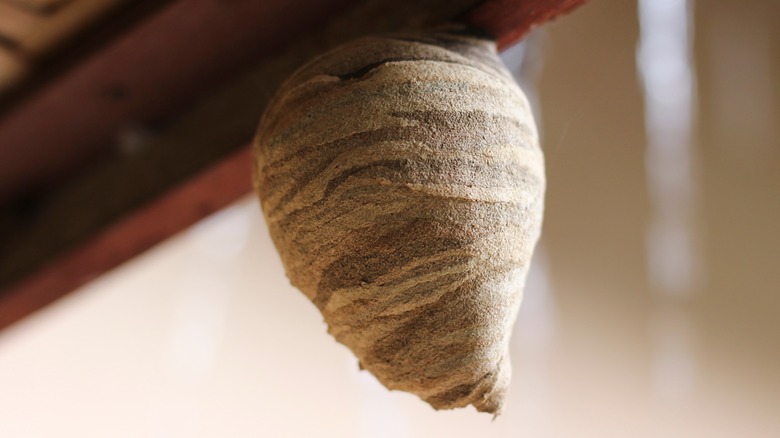How WD-40 May Help Keep Your Home Bug-Free
Perhaps you remember the can of WD-40 sitting in the garage at your home as a child. Back then, it seemed like it was always the go-to solution whenever something was sticking or squeaking. Putting a bit of it on the bedroom door ensured no one would know when it opened or closed. Perhaps you know that applying it on stainless steel appliances with a paper towel helps to shine and remove fingerprints. Spraying a small amount into two glasses that are stuck together helps to loosen them. These benefits all come from the chemical's lubricating benefits.
Yet, another use for this lubricant has nothing to do with metal parts. If you have spiders or other insects invading your home, you may be tired of trying to keep them out. Pest products can be expensive, and not all are safe around children and pets. However, WD-40 is an easy-to-apply solution that may create a highly effective barrier to keep those bugs out of your home. There are lots of tips for using WD-40 at home, and this is one of the best.
How WD-40 keeps bugs away
One of the ways to use WD-40 is to create a barrier between the outside and inside of your home. You can use a very light coating of it along the doorframes in your home, all windows and frames, and any other openings to create an invisible shield-like barrier. This product does a good job of deterring the critters from wanting to come into the home, preventing the infestation in the first place. It does not prevent flies from entering, but it can help to keep the crawling insects from entering your space.
If you have spiders in your home, applying this same technique to areas where you've seen them can help you get rid of them for good. In this way, the WD-40's dissolvent properties kick in to eliminate the insects if you see them. Spray a small amount in areas where they are typically located, but also take a walk around the exterior of your home, looking for any signs of cracks. It does not take much room for a spider (and most other pests) to make their way inside through these holes. Spraying WD-40 into those cracks can help minimize their ability to enter.
Don't forget the roof, too
Another way that these pests can get into your home is through the small holes and openings in your home's roofing. Step into the attic of your home during the daylight. If you see any light coming into the space, such as from vents or cracks, those are entry points for pests. Spray a small application of WD-40 in those areas.
Head outdoors and do the same with your gutter and soffit area. Often, these areas have vents to allow hot air to escape, but spiders would rather use them to enter your home to nest. In addition, this helps deter wasps and bees from making these hidden interior areas into nesting spaces. Look between the siding pieces and under the roof overhang for any potential entrance areas as well. If you have a shed or garage area that's often infiltrated with spiders, ants, or wasps, use this product on those areas as well. The more thorough you are with where you apply it and keep it up over time, the more effective it can be for you. Otherwise, it may be time to call professional pest control for guidance.


